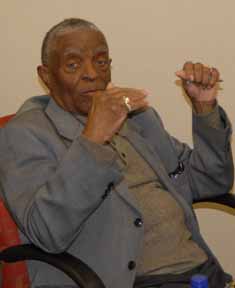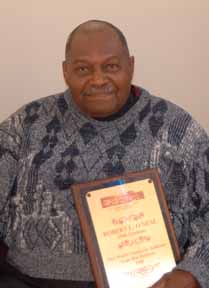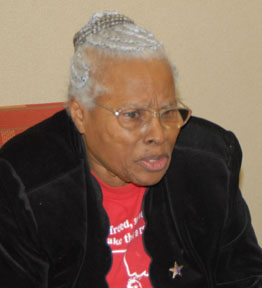

Social Activism and Social Justice
“I. M. Terrell High School was known as a central place for people of black and biracial descent from all throughout the area. The school developed a feeling of community and a sense of dignity during years of inequity and injustice.” Jerome L. Thomas |
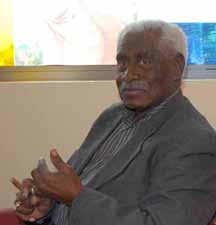 |
|||||||||||
This research project falls within the realm of the “long civil rights movement”—an effort to examine the struggle for civil rights and social justice during the decades before the 1954 Brown v. Board of Education Supreme Court decision. One of the more complex questions that arises in the field of education concerns teachers’ efforts to engage in political and cultural struggle. Black teachers during the 1940s who were members of the NAACP ran the risk of losing their jobs; public statements and actions could have been life-threatening. Even support of unions could cause a teacher to be dismissed, as was the case at one participating Secondary School Study site, Huntington High School. Seventy years of hindsight offers little insight for today’s research to ascertain what acts and gestures should have been undertaken by teachers in 1940. Social activism within the classroom and outside of the school take on differing meaning and levels of “impact.” What does become apparent is that Terrell High School educators were well aware of social injustices, and many were engaged in efforts to instill courage among students as a way to work for civil rights and social justice. |
||||||||||||
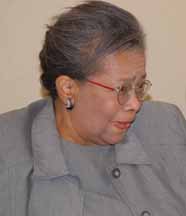 Annie Marie Webb |
"The system did not make life easy for the I. M. Terrell teachers who were at times constrained. In one class when we were dealing with geography, the teacher was not covering Africa when other continents were being described. I asked why Africa was not being discussed and the teacher told me that she was not permitted to present this information. Even with these constraints, I. M. Terrell teachers were remarkable in terms of what they were able to cover and how they extended and expanded the curriculum." |
|||||||||||
|
|
|||||||||||
| “This time was very different from the later civil rights era. Students were taught to know their place; and we stayed in that place. The status quo was kept. But we were also taught that 'this is our place,' and we have as much right as anyone else to be here. We were taught to speak up for ourselves. The teachers realized that we could achieve in spite of the situation, and they carried themselves in a way that we wanted to emulate—they were our ideals. But they were not overt and active in picketing or protesting. They sought to overcome, but in a quiet way by fostering leaders. I. M. Terrell students held their heads high; we did not have to step off the sidewalk.” Opal Lee | ||||||||||||
|
||||||||||||

an institutional member of the International Coalition of Sites of Conscience
curator@museumofeducation.info

